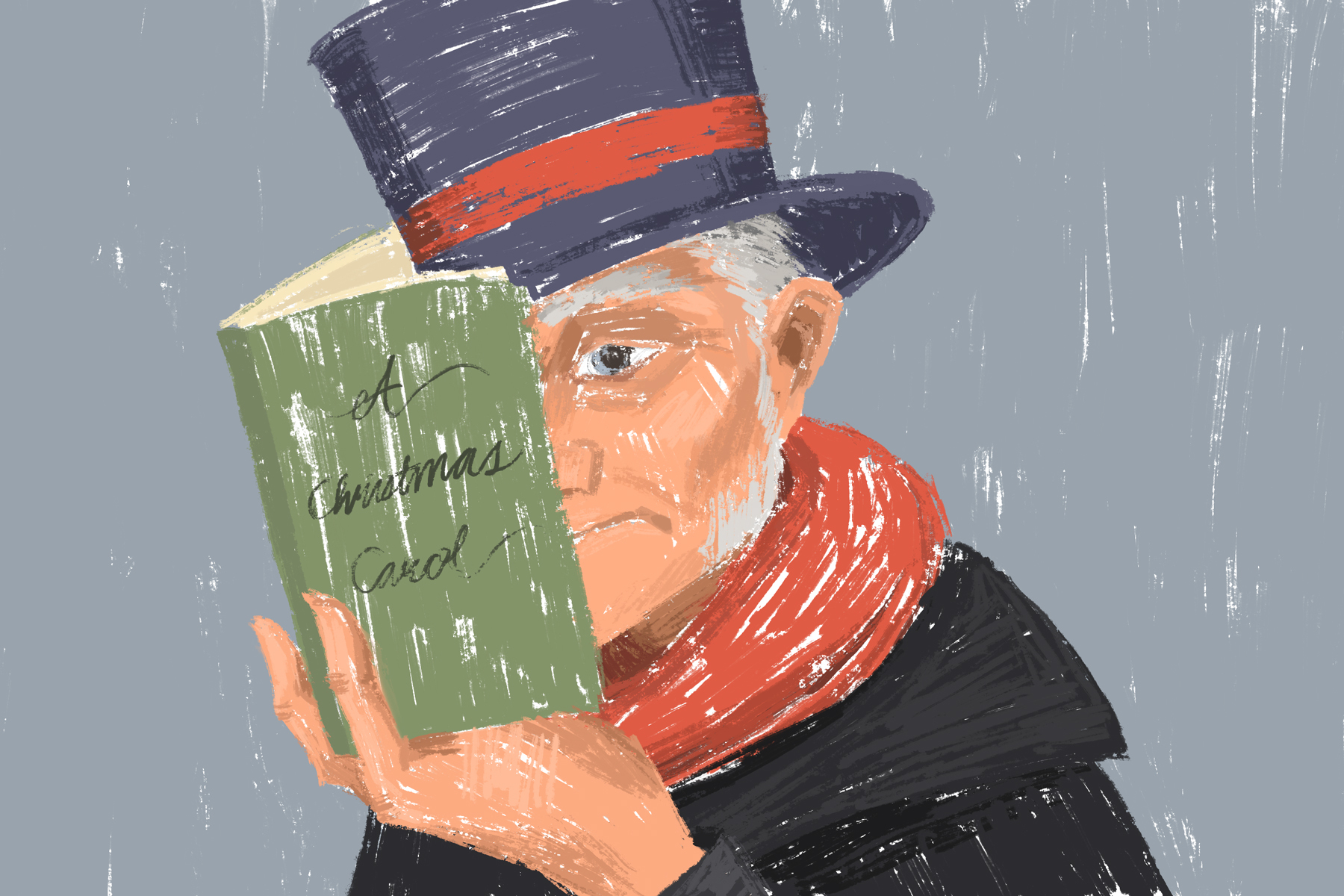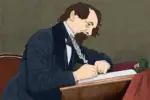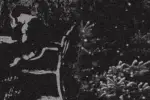Bah, humbug! Have you ever heard someone say that during the Christmas season? Of course, you have — we all have. When you hear those words, what comes to your mind? Why, if you are anything like me, it’s Scrooge. Ebenezer Scrooge. He is that grumpy old man in the story “A Christmas Carol,” and I am sure you have seen one of the 20 adaptations that have been produced.
Ebenezer Scrooge is a miserly, old man who is beyond grumpy — a most vile and greedy creature, if I do say so myself. He runs a company with little care for his workers’ comfort, and he sits about counting his money. Each and every day, his sole comfort in life is to make others feel uncomfortable. While this story has a happy ending, let’s start back at the beginning, shall we?
Background of the Classic
Ebenezer Scrooge is a fictional character created from the mind of Charles Dickens, appearing in his 1843 novella “A Christmas Carol.” This is a story of a miserable person who hates Christmas and gets haunted by three ghosts. These ghosts have the purpose of convincing Scrooge to change his ways before it is too late; thus, the ghosts of Christmas past, present and future haunt Scrooge the night of Christmas.
This novella was published on Dec. 19, and the first edition sold out by Christmas Eve, with 13 editions being released by the end of 1844. In 1849, Dickens began to read his story publicly, which he did year after year until he passed away in 1870. “A Christmas Carol” has never been out of print since it was first published and has been translated into several different languages.
Scrooge’s grouchy personality is due to his rough upbringing. He thought that if he made enough money to not be poor, it would help him overcome his childhood trauma; instead, it just made him greedier and made his inner soul turn black. He became cruel toward everyone he knew and did not know, including his fiancé, who later left him.
Why Scrooge’s Story Exists
As one of the several stories Dickens wrote with a Christmas theme, “A Christmas Carol” is meant to remind readers of the importance of kindness and care for the poor. It only took Dickens six weeks to draft the story when he was just 31 years old — and under financial pressure, too. Scrooge’s story is still a booming seller even over 175 years later. This story was written with an insider’s look at different neighborhoods and people. Due to his own family’s experiences with debtor’s prison, Dickens devoted his life to helping underprivileged people. Dropping out of school when he was young and being forced to work in a factory changed him into the man he became. He hoped that people who read this story and were prosperous would in turn open their hearts and wallets to those less fortunate than themselves. Dickens wanted this novella to emphasize the giving spirit of Christmas and the values of family.
The novella has not only spawned over 20 television adaptations, but there have also been two ballets and four operas, as well (talk about a well-known story). Interestingly, even though the novella was extremely popular among readers, it is said that Mark Twain was not a fan.
Scrooge’s Arc
“A Christmas Carol” opens with Scrooge being politely asked to spare some change for the poor. His reaction is one of pure disgust. Later, after returning home from a day of work, he sits in his lonely house and reminisces about his old friend Jacob Marley. Then, the first ghost visits him — the Ghost of Christmas Past. This ghost shows him that he wasn’t always the mean-spirited man he is today. However, this does not get through to Scrooge’s cold heart. The second ghost shows him how badly he has treated everyone and what the people that know him think of him. While this ghost seems to get through to him a little more, it still isn’t enough for him.
The third ghost is one who is not like the other two; this ghost is not as nice and shows him just what will happen to him if he does not quickly change his ways. He sees a grave — his own — with no one there to mourn him. Waking suddenly the next morning, he realizes how he has been behaving and vows to change without delay. He gives money to the poor and offers gifts and food to people that have been having a rough time. He gives his workers more money and turns over a new leaf to save his soul.
Scrooge’s belief that Christmas is a time of wasteful spending has now been erased, and he now tries to give to all those who need it. His change of heart has occurred because he has come to understand that it is what is within your heart that makes you good and kind or evil and mean. With the help of the ghosts, Scrooge came to the conclusion that he does not want to be a “Scrooge” anymore.
Today’s Scrooges
We can still see some Scrooges about today, and I think that we will always have a few people that are like him. While most of us do have the Christmas spirit and love to give gifts and find the happiness in helping others, there will always be that one person who does not. Our main problem is that we tend to only share our wealth with those less fortunate during the holiday season, but when the holiday season ends, so does that willingness to help others. We need to make the Christmas spirit last all year long and help others all the time, if we can. “Bah humbug” is a saying that we need to extinguish from our vocabulary. So, let’s not be like Ebenezer Scrooge — help those in need and spread the Christmas cheer everywhere you go.
















